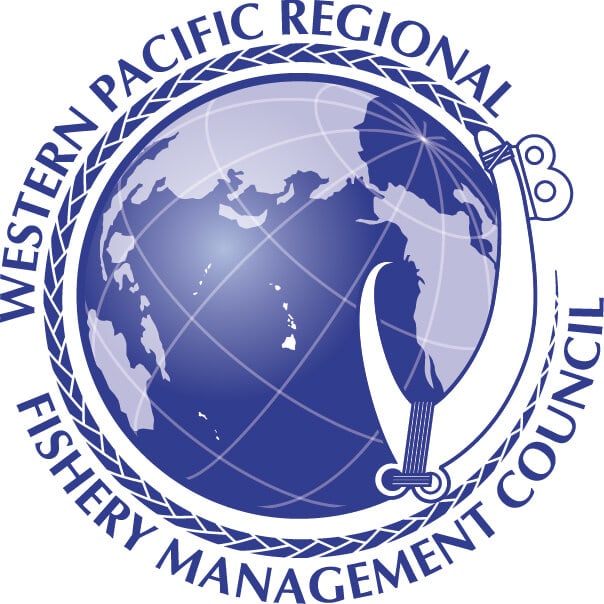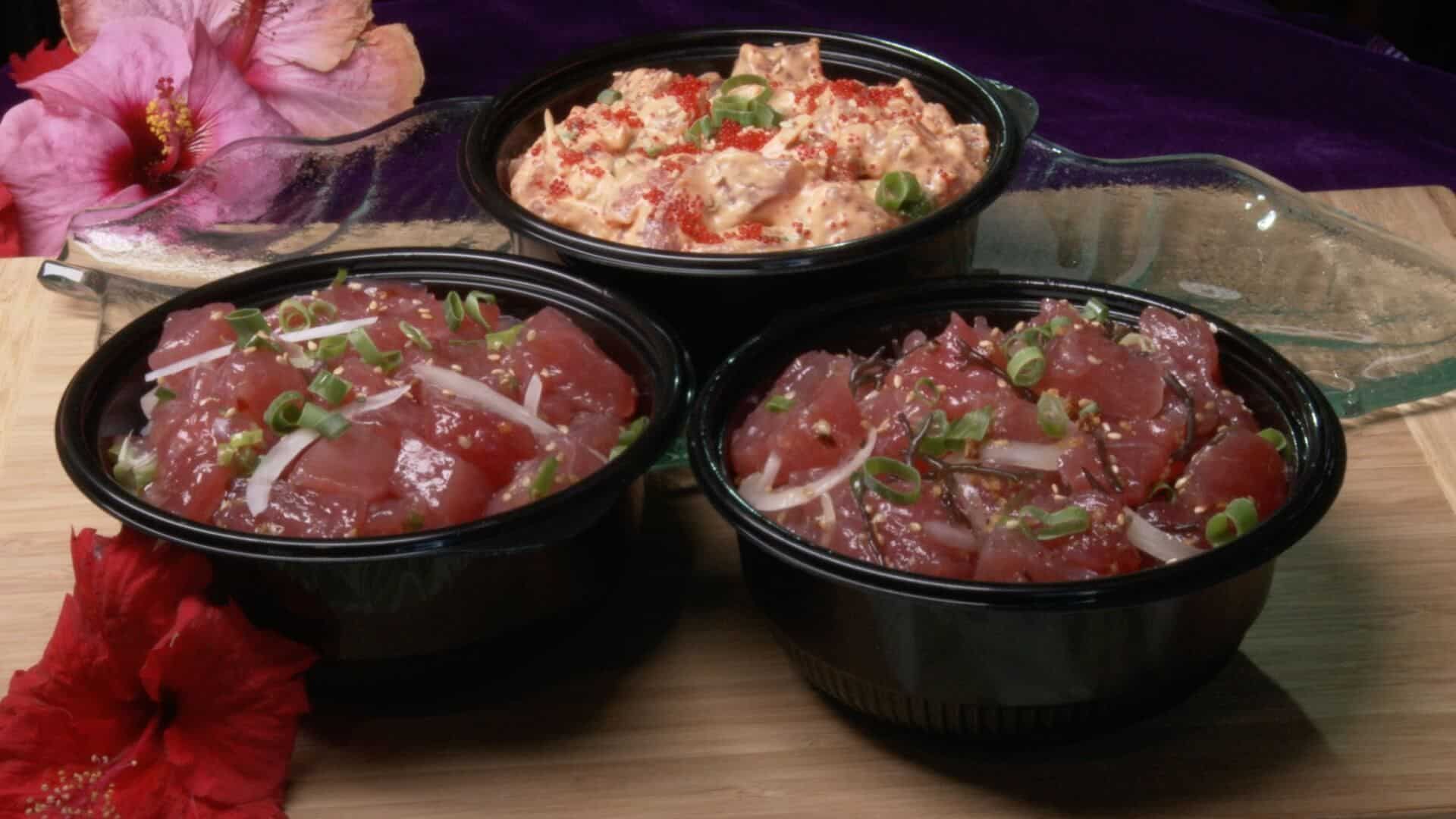
The answer to this question is not so simple—and one should not be alarmed. The situation is certainly not permanent and tuna stocks around Hawaii are doing just fine. Bigeye and yellowfin tuna (ahi), like any commodity, are very dynamic when it comes to supply, demand and pricing. In early 2021, the price of bigeye ahi exceeded $20/lb at the market—several times more than what buyers usually pay. Prices then teetered around $11-12/lb and cooled off to $7-8/lb in August 2021. In 2021, supply was limited due to low catch rates of longline fisheries throughout the Central Pacific and suppressed supply to local markets. Fortunately, market prices for ahi have returned to “normal” as prices have been stable around $6-7/lb. The amount of U.S.-caught ahi landed at Pier 38 in Honolulu Harbor prior to the COVID-19 pandemic was between 60,000-80,000 lbs/day. Levels during the summer of 2021 were at a steady 30,000-40,000 lbs/day. A year later in June 2022, harvest is near pre-COVID levels, at about 70,000 lbs/day. Better fishing conditions and more boats fishing in 2022 are profoundly impacting the supply entering the Hawaii market.
In 2020, local COVID-19 restrictions slashed consumer demand when restaurants and hotels shuttered and Hawaii’s tourism industry came to a halt. Supply in 2020 was slightly lower than today, yet the price of ahi that year was exceptionally low and fresh fish were regularly donated to Hawaii families. Some fishers sold their catch directly from their boats. In May 2020, Hawaii Tourism Authority (HTA) reported 9,116 visitors arrived to the Hawaiian Islands, which ballooned to almost 630,000 visitors in May 2021 and 776,375 visitors in May 2022. This represents a 91.6% recovery from May 2019 and has greatly impacted the demand for Hawaii’s famed ahi poke. In 2021, a shortage of ahi coupled with demand skyrocketing from the sudden explosion of tourism—plus demand from the continental United States—created a “perfect storm” for the consumer, but also an opportunity for local Hawaii fisheries. According to HTA, visitors spent $1.56 billion in the state in May 2022, an increase of 10.6% compared to the $1.41 billion reported for May 2019. Daily market supply has rebounded near the pre-pandemic 2019 levels. However, the global economy is suffering from record inflation and supply chain issues. This may offset profits to the local fishery and benefits to consumers as operating costs for fishers increase, leading to potential long-term price increases from pre-pandemic levels.
Supply through the pandemic was limited by several factors, linked to the local Hawaiian fisheries (including longline, shortline and troll/handline) and to the influx of foreign-sourced tuna. During summer 2021, supply from local fisheries was only slightly higher than it was in 2020 and steadily increased through the present. Supply from foreign sources that often floods the Hawaii market this time of year was minimal in 2021, virtually non-existent, and remains low in 2022. Foreign-sourced tuna, often previously frozen, has always been a cheaper alternative for consumers looking for poke or ahi katsu without paying a premium for locally sourced product. With cheaper alternatives limited, and a shortage of locally sourced ahi, supply cannot keep up with demand. Current costs associated with the supply chain issues, slow imports coming into the U.S. Pacific Islands, and record U.S. inflation has emphasized the need for local fish production.
The lack of supply from both foreign and domestic sources in 2021 may have been alarming and lead to the rash conclusion that the situation is due to depleted fish stocks. However, 2020 stock assessments for both bigeye and yellowfin ahi in the Western and Central Pacific Ocean (including Hawaii) indicate the stocks’ are two and three times above the levels considered sustainable. In fact, stocks internationally managed under the Western and Central Pacific Fisheries Commission supply 60% of the world’s tuna and its four principle tuna stocks (bigeye, yellowfin, skipjack and albacore tunas) are not overfished and not experiencing overfishing (Figure 1).
In 2021, reported catch rates were lower than historical levels—not just in Hawaii, but also in the Marshall Islands and elsewhere in the Western and Central Pacific Ocean. Longline fisheries that typically target both bigeye and yellowfin have been known to have higher catch rates in years when oceanographic conditions have a “shallower” thermal structure in the western and central areas of the Pacific (Lehodey, 1997). This means tuna’s preferred habitat with suitably oxygenated waters are more compressed in the water column and draw fish into more aggregated zones, thus increasing the likelihood of catching fish. This coincides with the oceanographic condition associated with an El Niño event. The opposite condition occurs in years or seasons associated with a La Niña event. The World Meteorological Organization recently indicated a La Niña event persisted through most of 2020 and through the first half of 2022 with varying intensity. This oceanographic condition may explain lower catch rates in 2020 and 2021, despite some recovery in 2022. Scientists have not determined the definite cause for the temporary poor fishery performance, but the situation is not new and is usually linked to a scattering of fishery resources due to environmental variability.

Reference
Lehodey, P. 2000. Impacts of the El Niño Southern Oscillation on tuna populations and fisheries in the tropical Pacific Ocean. 13th Meeting of the Standing Committee on Tuna and Billfish, Working Paper RG-1. Oceanic Fisheries Programme, Secretariat of the Pacific Community.
